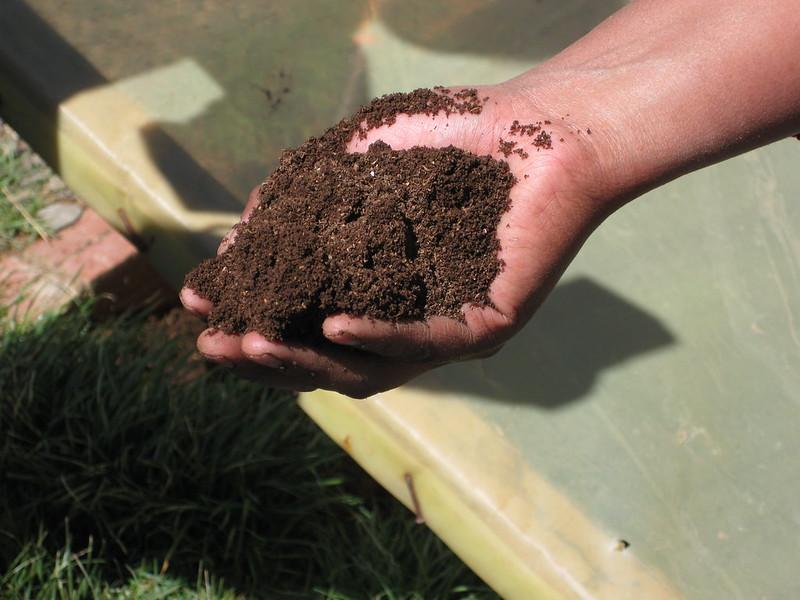Human waste recovery to utilize as fertilizer

Description of the innovative solution
The normal range of urine output is 800 to 2,000 milliliters per day. This urine is rich in nitrogen and contains phosphorus, but these resources are currently still flushed without being utilized. Phosphorus is a vital resource for world's food production, however it is currently not a renewable resource, the limited reserve of earth's phosphate are currently being depleted at an alarming rate. This innovation proposes to apply specific processing to urine, such as fermentation, freezing or dilution, in order to use it as a potent, cheap and safe fertilizer. Urine could be recovered at a big...
The normal range of urine output is 800 to 2,000 milliliters per day. This urine is rich in nitrogen and contains phosphorus, but these resources are currently still flushed without being utilized. Phosphorus is a vital resource for world's food production, however it is currently not a renewable resource, the limited reserve of earth's phosphate are currently being depleted at an alarming rate. This innovation proposes to apply specific processing to urine, such as fermentation, freezing or dilution, in order to use it as a potent, cheap and safe fertilizer. Urine could be recovered at a big scale to solve the phosphorus crisis and reduce the environmental impacts of nitrogen fertiliser production.
Examples and additional resources
Real-world examples
See this solution in action in different contexts and settings around the world
SOIL Haiti
Additional resources
Learn more about this solution through studies, articles, business cases, and other information
Literature review on ecological sanitation
Guidelines for the Application of Sewage Sludge to Agricultural Land
Contacts
Connect to others working on and with this solution around the world
Pathways to uptake
Engage with our “backcasting tool” to imagine and design “pathways to uptake” for this solution in your setting.
This process involves defining a future vision of this solution being used in your context, and then working “backwards” to identify necessary steps to achieve this vision by 2030. Going through this exercise as an individual or with a team can help to clarify the WHAT/WHEN/HOW of moving a solution (or package of solutions) towards having major impact. We hope these pathways will inspire outside-of-the-box thinking, creative approaches, and actionable concrete steps to move ideas into action.
Pathway builder
Explore pathways for this solution
Be the first one and add a pathway for this solution!